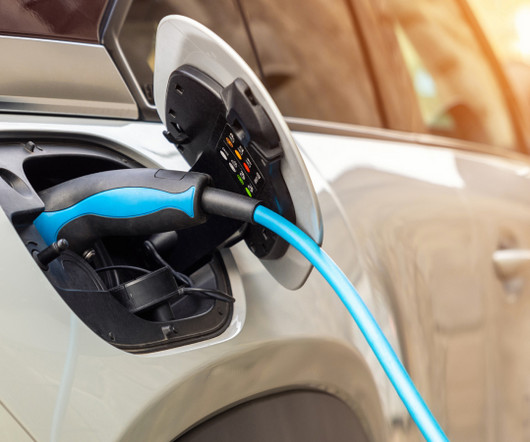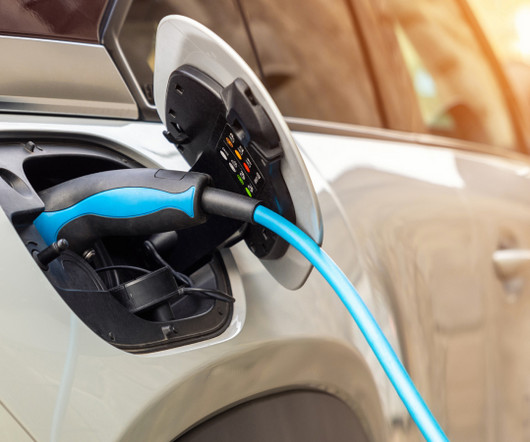100+ Supply Chain Crisis Statistics: Raw Materials, Covid-19, Labor Shortages, and More
ToolsGroup
APRIL 1, 2022
Resources and Suppliers Tied to Ukraine and Russia. Demand container capacity is expected to exceed the actual capacity available through 2026. The American Trucking Association (ATA) data shows that the industry could be short by over 140,000 drivers by 2026, increasing the driver shortage to over 160,000 drivers by 2030.

















Let's personalize your content